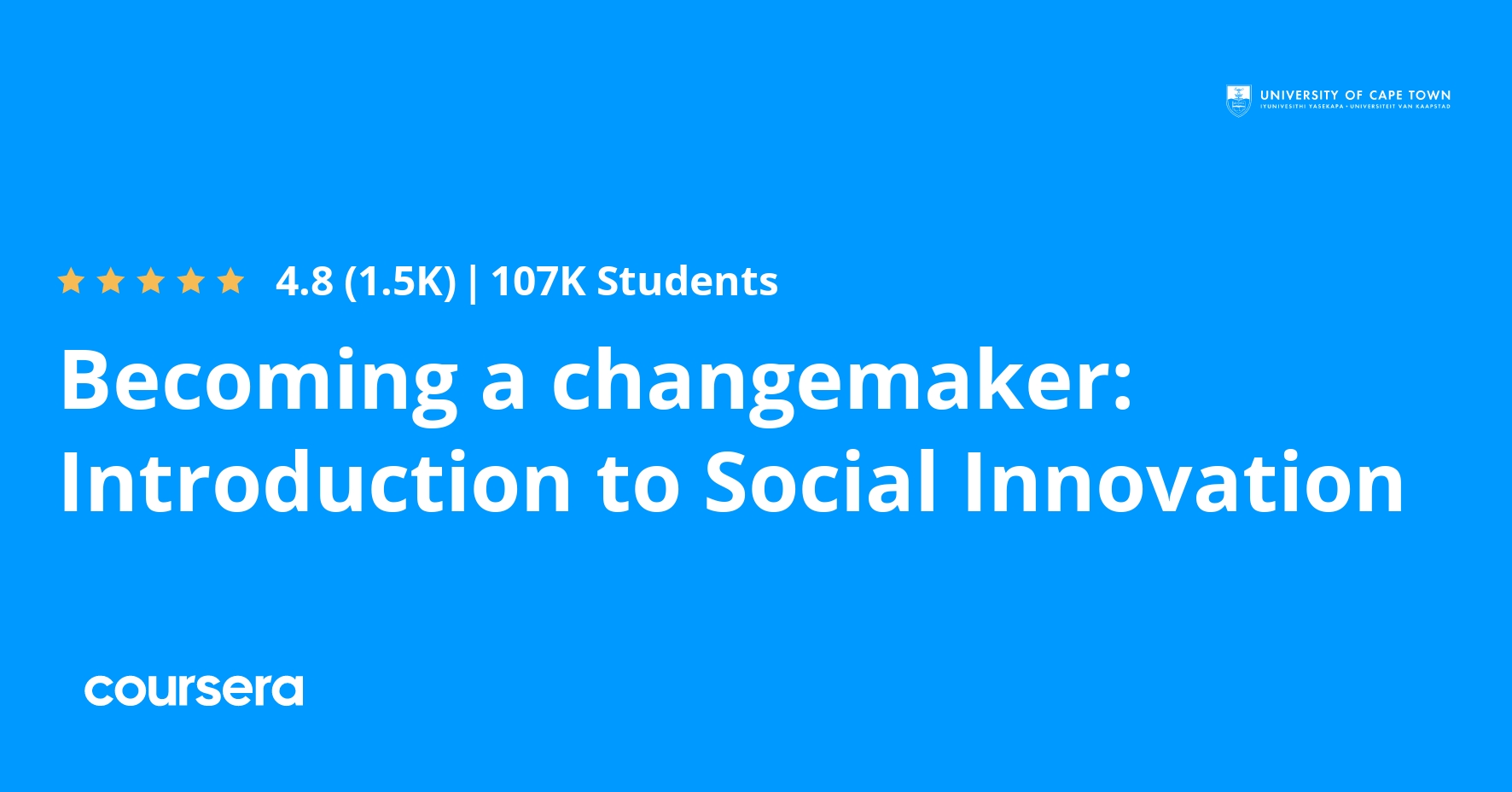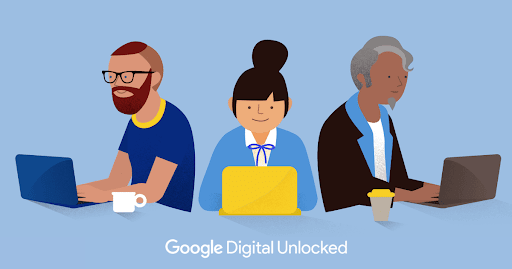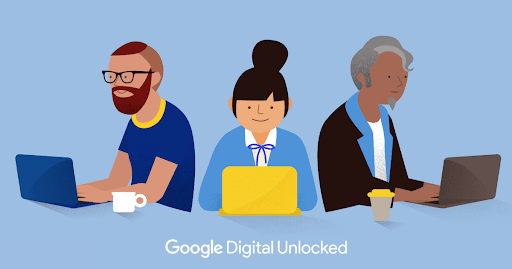Description
This free 6 week course is for anyone who wants to make a difference. Whether you are already familiar with the field of social innovation or social entrepreneurship, working for an organization that wants to increase its social impact, or just starting out, this course will take you on a journey of exploring the complex problems that surround us and how to start thinking about solutions.
We will debunk common assumptions around what resources are needed to begin acting as a social innovator. We will learn from the numerous examples of social innovations happening all over the world. You will be challenged to get out of your comfort zone and start engaging with the diverse spaces around you. By the end of the course, you will have formed your own approach to social innovation, and you will have begun to develop the concepts, mindset, skills, and relationships that will enable you to start and evolve as a changemaker.
You will be able to purchase a Verified Certificate if you wish to show evidence of your achievements, but this is optional, and you may apply for Financial Aid if you are unable to pay the certificate fee.
The Bertha Centre for Social Innovation and Entrepreneurship co-created this course with RLabs, a social movement ‘born-and-bred’ in Bridgetown, Cape Town that is now active in 22 countries. The movement empowers youth through innovative and disruptive technology by teaching them vital skills and providing much needed support and a sense of community. Advocating and supporting initiatives such as RLabs forms part of the Bertha Centre’s mandate. The Centre is a specialised unit at University of Cape Town’s Graduate School of Business, and is the first academic centre in Africa dedicated to advancing social innovation and entrepreneurship.
You can view the course trailer at www.youtube.com/watch?v=TcWYG64WO20
Tweet about this course using the hashtag #socinnMOOC
What you will learn
What’s our problem?
Welcome to Becoming a changemaker! This week, we distinguish between simple, complicated and complex problems. Social innovation takes place in complex systems and complex systems have complex or “wicked” problems, like the kinds of problems the world is trying to tackle right now such as climate change, HIV Aids and other pandemics, poverty and inequality. A complex system has many variables or elements such as different sorts of people, material and rules and those elements of the system are interacting with each other so much that the complexity increases exponentially. So the work of complexity is about bringing yourself into the system, engaging with it, living with it and innovating in yourself as you innovate in that system that you’re working in. You can’t look at the whole system but you can look at more than one piece of it. The more you start to bring in different parts of the systems, you can then start to connect those in ways that they weren’t connected before.
What do we have to work with?
One of the hallmarks of very innovative organizations and people is that they see resources where other people don’t, and they can bring those resources to bear to create new innovative solutions. There’s transformative power in shifting from looking at needs, gaps, and what’s wrong, to appreciating strengths, resources and what’s right. Through developing a strength-based mindset and an appreciative approach you can discover hidden or underused resources. These resources might be people, kinds of knowledge and expertise, time, and physical spaces. As soon as you start seeing resources all around you, not only can you move forward but you become energised and hopeful, and creative things start to happen. You’ll find that you might be a lot richer than you think in terms of what you have to start building your own social innovation with.
Getting out of your comfort zone
By nature the world of social innovation is made of crossing boundaries, bringing together different actors, resources, spaces, but it can be overwhelming. Part of our challenge on the journey to becoming changemakers is to learn how to become comfortable with discomfort and how in the social innovation space where you take yourself into spaces and you surround yourself with people that you normally do not engage with. Understanding how we define differences using cultural, sociological, psychological and spiritual lenses and what the nature of the differences is helps to develop tools for getting out of your comfort zone. It takes a little bit of courage because it makes you uncomfortable, but that’s how you build the competencies, the personal resilience to engage with difference when we do go and drive for innovations or we look to make differences in communities that are unlike us or operate in a different way.
Innovating by design
A number of methodologies and processes can help generate ideas and creative opportunities, and some of these have been used in business to generate new products and services, and are starting to be applied in social innovation. Human-centred design is incredibly important, and the Design Thinking process allows you to start early and wherever you are with whatever you’ve got. Design Thinking has evolved as a way to respond to deeper user insights, to connect more with people and with communities so that we can actually design solutions that are human-centred. Design Thinking is not just about products, but also helps create new processes, new systems, new services, and importantly even user experiences. Following a Design Thinking process will help you iterate and test your solution with end users, with an emphasis on failing early and often through trying things out and prototyping. Powerful Design Thinking methodology can help you to come up with human-centred design solutions that manifest economic viability, technical feasibility and social desirability in your social innovation.






